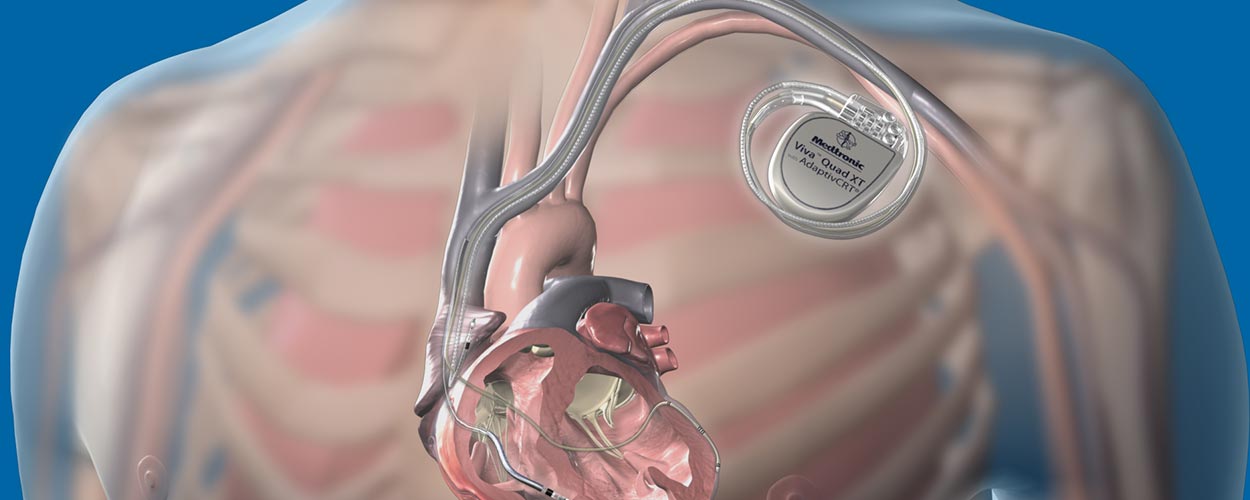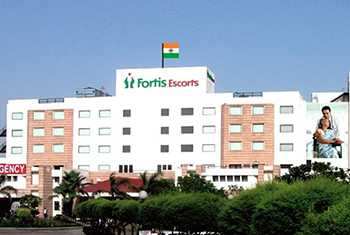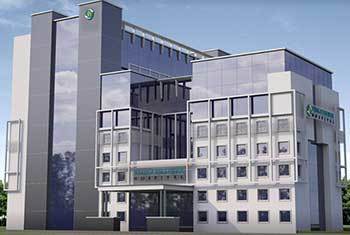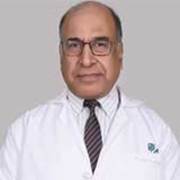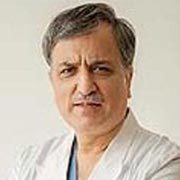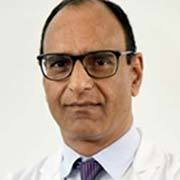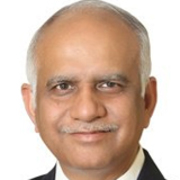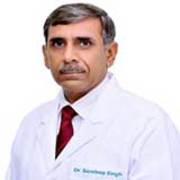How does an AICD work?
The AICD device constantly monitors the heart rhythm of the patient, identifies when there is an abnormal heart rhythm and determines the appropriate function to make the heartbeat normal again. When there is an abnormal heartbeat, the wires connected to the heart will transmit signals to the pulse generator of the ICD, which then sends tiny electrical pulses to regulate the heartbeat.
The doctor will program the AICD depending on the underlying arrhythmia condition and treatment. It includes the following functions:
When the heartbeat is too slow, ICD with a pacemaker feature is used. It works as a pacemaker device and sends electric signals to the heart.
In cases where the heartbeat gets too fast or chaotic, ICD will provide defibrillation shocks to stop these abnormal rhythms.
The patient may feel nothing at all or a small painless fluttering in the chest when the ICD responds to mild problems of a heartbeat.
A higher-energy shock is delivered by the ICD in case of serious heart rhythm problems. The shock can be painful, like a kick to the chest, but the pain will last only a second. Usually, there is no discomfort after the shock ends.
The device works consistently for 24 hours every day.
The newer devices also have the function for overdrive pacing to electrically convert a sustained ventricular tachycardia (i.e. fast heart rhythm) or backup pacing for bradycardia (i.e. slow heart rhythm). A number of sophisticated functions such as storage of detected arrhythmic events, performing electrophysiologic testing and more, are available for different AICD devices. A device might have one or all of these functions:
- Anti-tachycardia pacing (ATP) – when the heartbeat is too fast. It delivers a series of small electrical impulses to the heart muscle and restores a normal heart rhythm.
- Cardioversion – Gives a low energy shock at the same time as the heartbeat in order to restore a normal heart rate.
- Defibrillation – delivers a high-energy shock to the heart muscle when the rhythm is too fast.
- Bradycardia pacing –delivers small electrical pulses to stimulate the heart muscle when the heart beats too slow.
